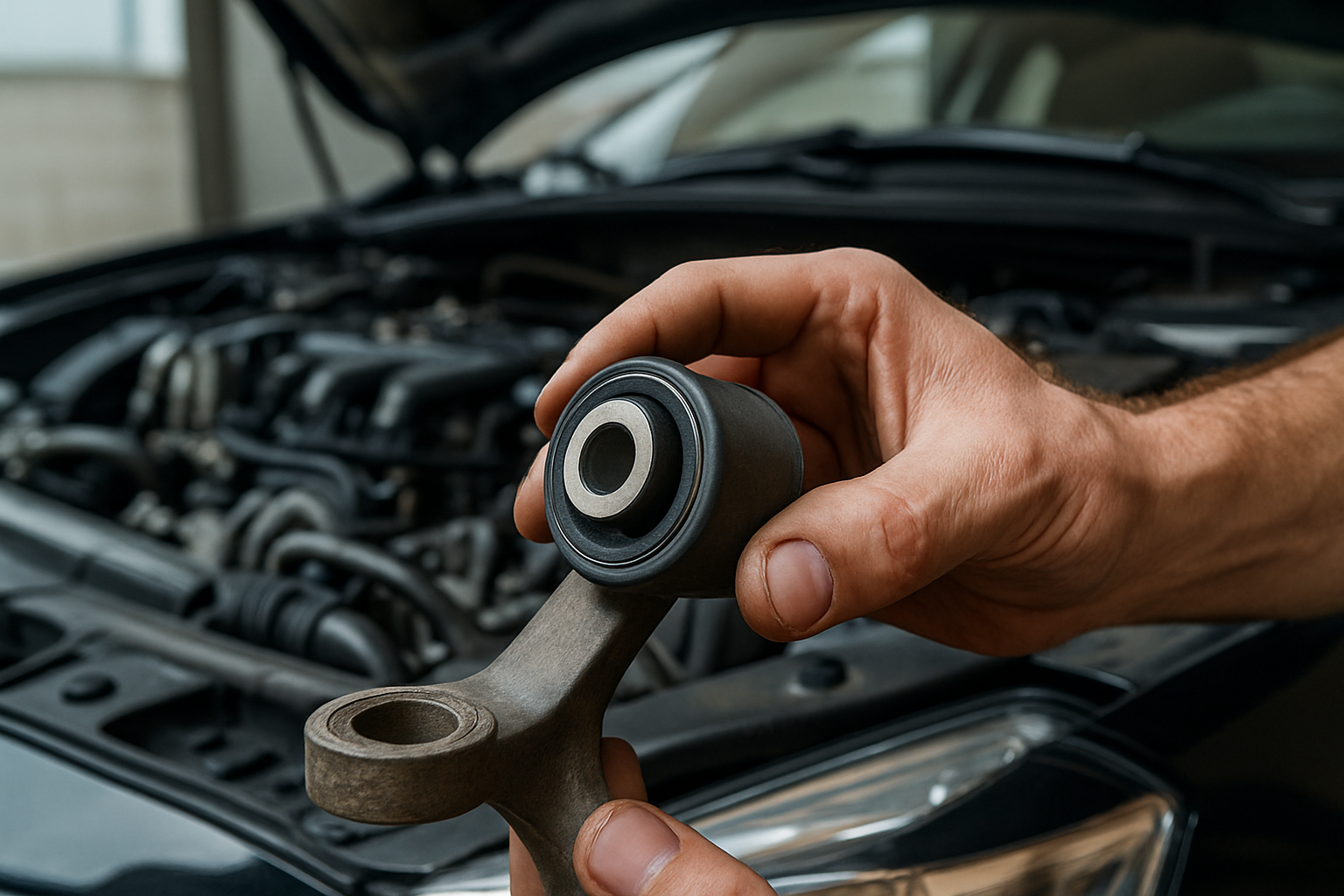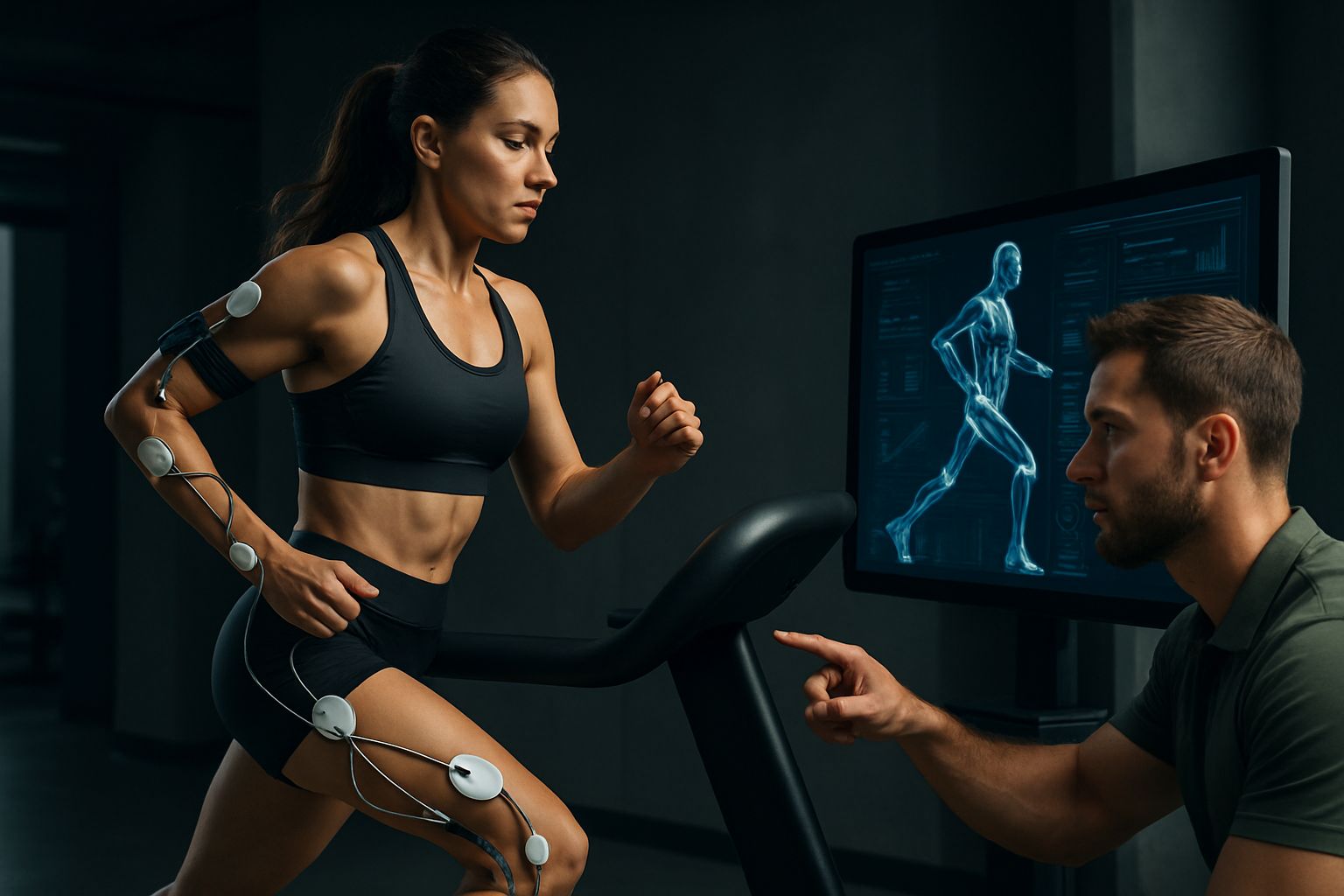The Unsung Heroes: Automotive Bushings and Their Impact
Beneath the gleaming exteriors and powerful engines lies a world of often-overlooked components that play a crucial role in vehicle performance and comfort. Among these unsung heroes are automotive bushings – small but mighty elements that revolutionize the driving experience. From absorbing vibrations to enhancing steering precision, these humble parts are the silent guardians of your car's smooth operation.

The Historical Evolution of Bushings
The concept of bushings dates back to the early days of automotive engineering. Initially, metal-on-metal connections were common, resulting in excessive wear, noise, and a harsh ride. As vehicle design progressed, engineers recognized the need for a buffer between metal components. The introduction of rubber bushings in the 1930s marked a significant leap forward in vehicle comfort and longevity.
Material Matters: Rubber vs. Polyurethane
Traditional rubber bushings have been the industry standard for decades due to their excellent vibration absorption properties. However, polyurethane bushings have gained popularity in recent years, especially in performance applications. Polyurethane offers greater durability and resistance to oil and chemicals, maintaining its shape and performance characteristics over a longer period.
The Silent Performers: Roles of Bushings in Vehicle Dynamics
Bushings play a multifaceted role in vehicle dynamics. In the suspension system, they allow for controlled movement between components while isolating road vibrations. In the steering system, bushings help maintain precise wheel alignment and reduce steering play. Engine and transmission mounts utilize bushings to minimize vibration transfer to the vehicle’s body, enhancing overall comfort.
Performance Tuning Through Bushing Selection
For automotive enthusiasts and racers, bushings offer a subtle yet effective way to fine-tune vehicle performance. Stiffer bushings can enhance steering response and handling precision at the cost of some ride comfort. Conversely, softer bushings prioritize comfort and noise reduction. This balance between performance and comfort has led to the development of adaptive bushings that can change their characteristics based on driving conditions.
The Future of Bushing Technology
As vehicles continue to evolve, so do the demands placed on bushings. Advanced materials like thermoplastic elastomers and composite materials are being explored for their potential to offer better performance across a wider range of conditions. Additionally, the integration of smart materials that can change their properties in response to electrical or thermal stimuli opens up new possibilities for dynamic vehicle control.
Maintenance and Replacement: Ensuring Optimal Performance
Despite their durability, bushings are not immune to wear and tear. Regular inspection and timely replacement are crucial for maintaining vehicle performance and safety. Signs of worn bushings include increased road noise, vibrations, and changes in handling characteristics. While often overlooked during routine maintenance, addressing bushing wear can significantly extend the life of other, more expensive components.
Environmental Considerations in Bushing Design
As the automotive industry focuses on sustainability, bushing manufacturers are exploring eco-friendly materials and production processes. Biodegradable rubbers and recycled polyurethane compounds are emerging as potential alternatives to traditional materials, offering similar performance characteristics with a reduced environmental impact.
Conclusion: The Big Impact of Small Parts
Automotive bushings may be small in size, but their impact on vehicle performance, comfort, and safety is substantial. As we continue to push the boundaries of automotive engineering, these unassuming components will undoubtedly play a crucial role in shaping the future of transportation. The next time you enjoy a smooth, quiet ride, remember to appreciate the silent contribution of these automotive unsung heroes.





